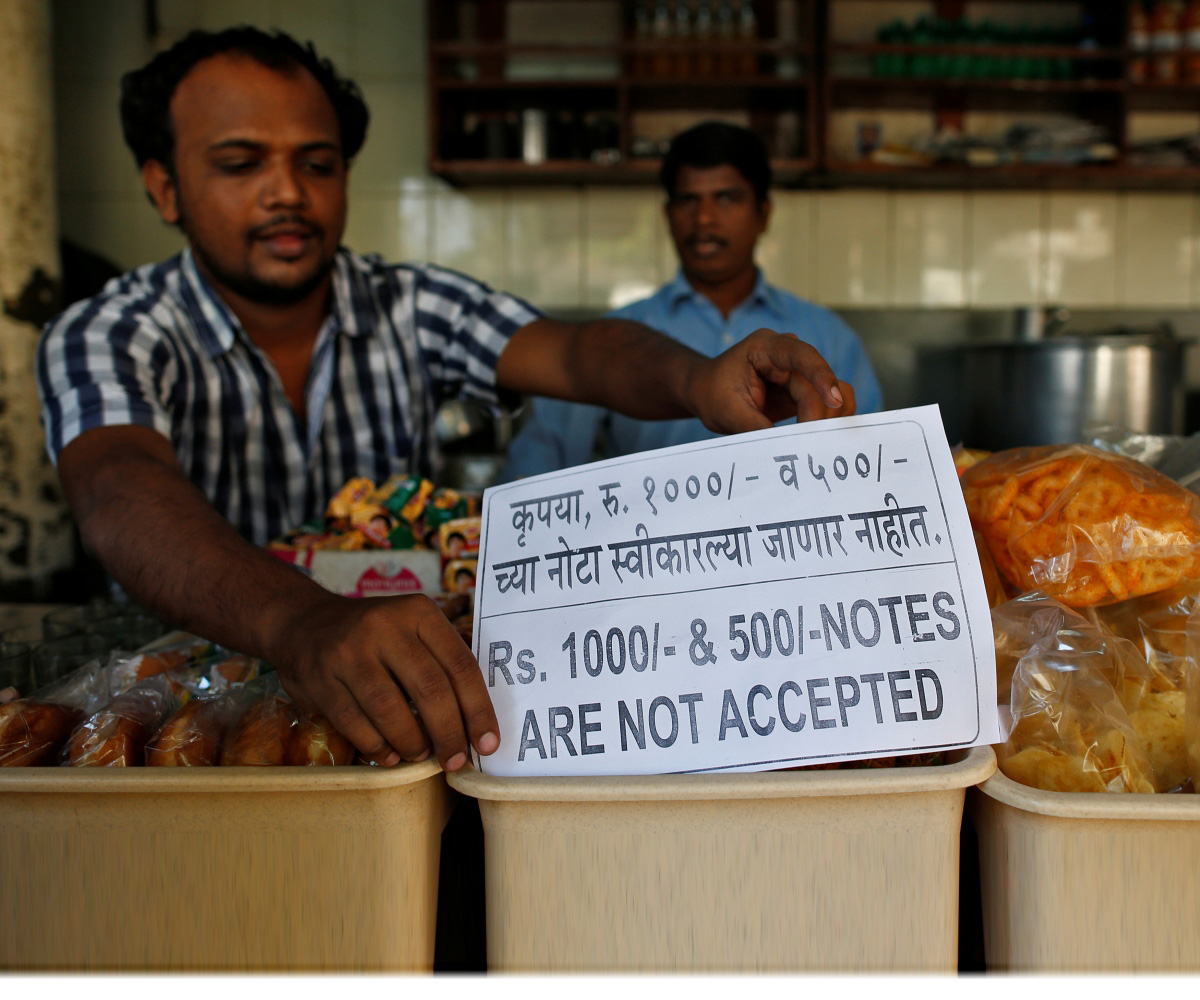The perils of de-monetization
November 30, 2016 | Expert Insights
The PM’s initiative to de-monetize 1,000 and 500 rupee notes has dealt a knock-out punch for both ‘Black Money’ and counterfeit currency. Every Indian, even crooked politicians and unscrupulous businessmen, can relate to a vision of India, free from financial corruption. We can even hope that the cleaning up of our financial system is the first of other such ‘clean-up’ operations; to include garbage, nepotism, favoritism, communal-divide, cast-divide amongst others. The youth of our country are enthused with the idea and the hope & optimism of our PM, will certainly receive the ‘peoples support’, he sought, when he addressed the nation on Tuesday, 08 Nov 16. The decision, to make these two currency notes worthless, is bold and courageous.
The new currencies, were to be made available to the public from 10 Nov 16, onwards. The long queues and the paltry distribution of just Rs. 2000 per person, is an indication that the government might not be in full control of the upheaval, it has unleashed. India is largely a cash-based economy and the removal of cash without timely replacement, invites peril of a financial crisis. Replacement currency needs to printed, securely transported and disseminated into the system, with an urgency that cannot be under-estimated. While the government should be able to manage the printing and secure transportation, it is the timely distribution amongst our 1.25 billion people, that is particularly challenging.
On 10 Nov 16, we heard one case of a villager, who brought his ailing wife for treatment to a town but had to return because the Rs. 5,000, he carried was now worthless paper. A labor contractor in UP, could not pay his team of workers but they agreed to continue working, on promise of a later payment. However, in the absence of daily wages, the workers had no money for food! In a city hospital, many patients & their chaperons remained hungry, as there was not system for credit, in the hospital canteen. These are consequences of de-monetization, in urban India. What about rural India?
By estimates 50% of our population lives in villages. Also unlike urban folk, who are more informed and enterprising, village folk are simpler and more reluctant for change. It is unrealistic to think that our rural population will completely transform, to bank accounts and debit cards, in the period of this transition. Removing overnight, 85% of our currency value and not replacing it (fast enough) can cause starvation in rural areas, medical negligence and civil disobedience. The government would do well to hasten the process of replacement currencies and if they are unable to do so, order a financial emergency.
There are vested interests, who would like to see the government plan fail. If there are continued hardships in rural India, collapse of rural economy and starvation of the old & infirm, political pressure will build on the government, to roll-back. De-monetization is an excellent idea but it needs to be backed up, with sustainable financial logistics.


